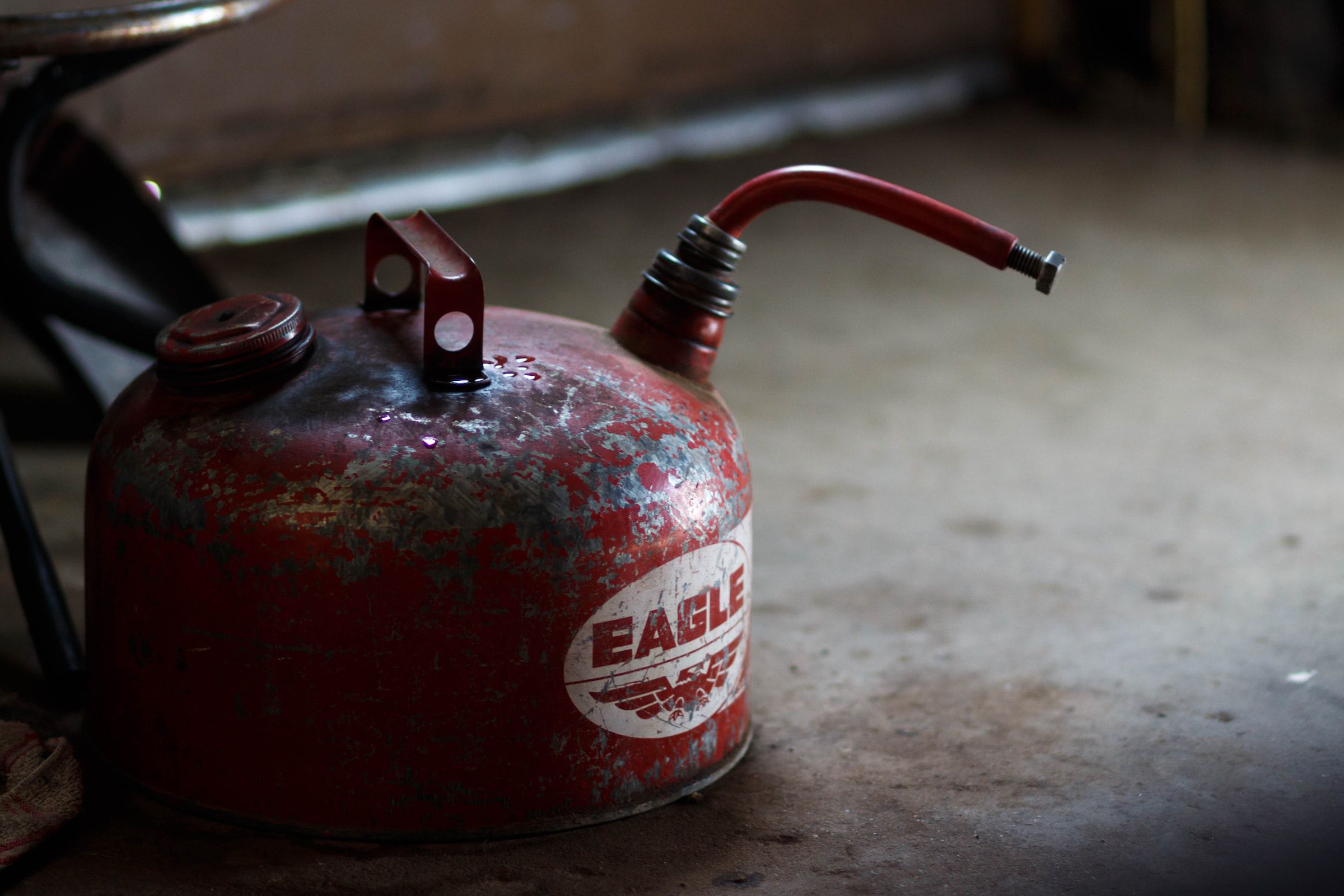Nothing lasts forever - a look at things that expire
New York, New York, United States
Use it or lose it.
You've probably heard that a thousand times. Well, count this as 1001.
There are things as a biker it's always good to be aware of. Some of them are quite obvious. Like that dumbass who's driving his Escalade while texting and heading your way. Others are not as apparent but still something you can file under 'nice to know.'

Tires, gas, helmets. They all expire. Photo by Harley-Davidson on Unsplash
Getting back to the opening of this post, I'm talking about things that you may or may not be aware that have a shelf-life, best-before date, use-by date, and other such indications, whether official or not.
Gas for instance. If doesn't age well. Not like that bottle of Glenfiddich Scotch that you're saving to celebrate the next time your team wins the championship or when your kid finally moves out.
Considering the price of gas now, it's not likely that many people are going to buy it and just let it sit around, but suppose you fill your bike's tank to prevent condensation when you store it for the winter. Conventional wisdom will say that six months is the max you should let gas sit. After that it can start to deteriorate and gum up fuel lines, injectors and carbs.

Gas doesn't last forever, especially in something like this. Madelynn Woods on Unsplash
That's why it's never a bad idea to invest in fuel stabilizer to prevent that from happening and save yourself headaches come the spring when you roll your bike out into the sunshine and warm breezes.
Helmets, too. They shouldn't be left sitting around indefitely.

Experts say replace your helmet about every five years. Photo by Jeremy Bishop on Unsplash
Don't wear the same one that you bought when you were a kid riding dirt bikes with your buddies in the woods behind your high school. Even if it still fits your coconut and you haven't dropped it, bounced your head off the dirt a few times, or just generally abused it, it won't last forever. Beside, you'll probably look like a dork wearing some ancient lid. The plastic, foam, and EPS will break down over time. Basically, every five years is the recommended interval for getting a new helmet. Yes, it's the helmet companies that are putting that number out there, but it's for a real reason, more than just making money.
Even the Consumer Product Safety Commission says that you should replace your helmet at least every five to 10 years.
You can learn more about helmet expiration, date of purchase, and date of manufacture in this article.
If you're really interested in the condition of your helmet, you can always have it inspected.
So what about tires? Yup, they expire too. If you don't wear them out by riding, they'll just sort of self-destruct over time while sitting unloved in your garage.
The industry standard is about six years before they are considered expired. If you keep them in a nice climate-controlled environment, your living room let's say, then they'll last longer.

Tires are expected to last about six years. Photo by Emmanual Thomas on Unsplash
There is a way you can tell when your tires were manufactured, so that you can actually tell how old they are, because in reality none of us know how long they've sat around a warehouse somewhere, unless you're always buying the latest and greatest and not just the cheapest.
This article from Dunlop explains how to decode the date of manufacture of your tires.
As the old saying goes, "only the Earth and the sky last forever."
You must be logged in to comment
Login now